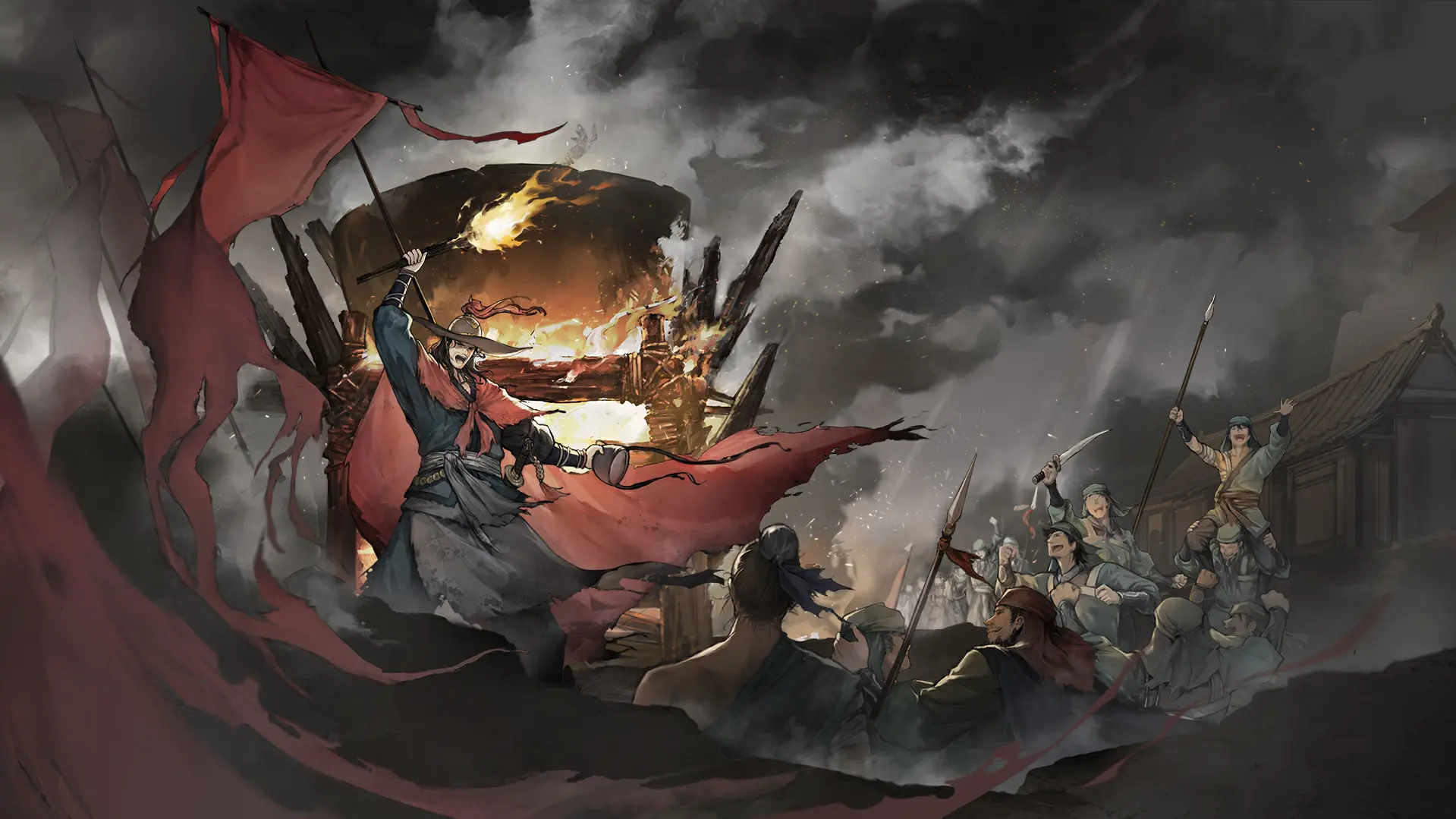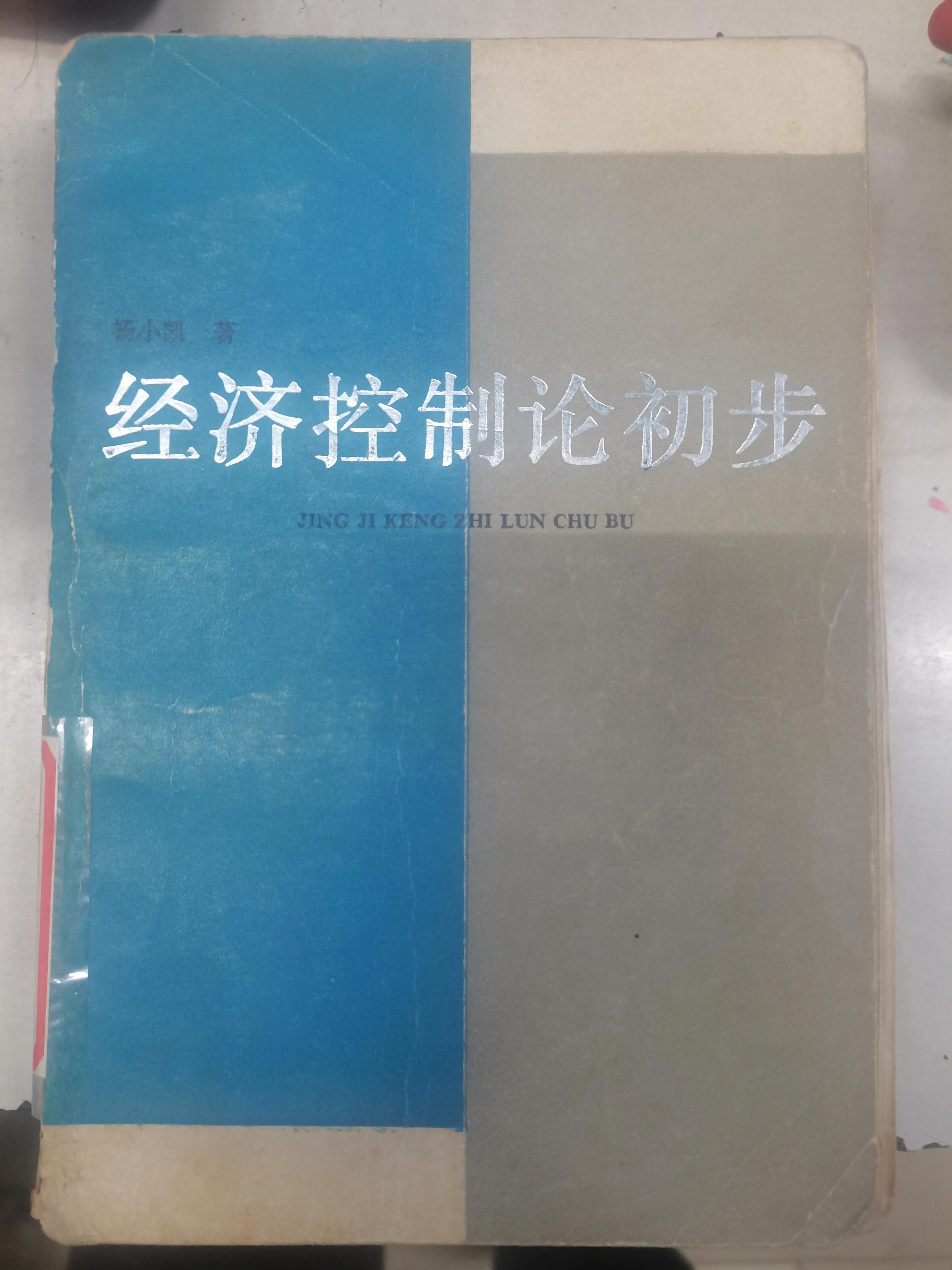Development Economics: Marginal Analysis and Inframarginal Analysis (Introduction)

In “Development Economics: Marginal Analysis and Inframarginal Analysis,” Yang Xiaokai reshapes the theoretical history of development economics according to his own understanding. This article summarizes the introduction part and adds some points worth discussing.
1. Intellectual Origins: Marx vs. Adam Smith
Yang Xiaokai defines the core of mainstream classical development economics as—division of labor is the source of economic growth, and economic growth is the core concept of development economics.
Adam Smith’s logical chain: $$ \text{Transport conditions} \Rightarrow \text{Market size} \Rightarrow \text{Division of labor} \Rightarrow \text{Economic growth} $$ With this logical line as the main axis, division of labor occupies the absolute core—the emergence of money and specialized division of labor are inseparable, and investment is a tool to optimize division of labor.
William Petty’s logical chain: $$ \text{Reduction in transaction costs} \Rightarrow \text{Promotion of division of labor} $$ Scholars like North and Max Weber link division of labor with capitalist expansion, forming what Yang Xiaokai sees as modern classical development economics: $$ \text{Capitalist system} \Rightarrow \text{Transaction conditions} \Rightarrow \text{Division of labor} $$
In the courses I took on Marx’s “Capital,” the professor argued that Marx’s view is that division of labor determines the market, which is completely opposite to Adam Smith’s view.
For example, according to Marx, the division between the propertied and the propertyless is a form of division of labor, which also brings class nature! Based on the labor theory of value, private property is undesirable, and this division of labor ultimately stems from property ownership. Adam Smith uses the “invisible hand” to avoid the part about “the bloody primitive accumulation of capitalism.”
If we want to refute Marx’s view, we need to argue that division of labor indeed brings wealth growth. Yang Xiaokai’s inframarginal analysis should be able to address this point, and this contradiction will be mentioned later.
2. Classical Development Economics
Yang Xiaokai advocates analyzing economic development from four aspects. This is the historical background of classical development economics—the rapid development of Britain in the 17th-19th centuries and the liberal reforms in 19th-century Europe.
- Geopolitical landscape
Europe: Fragmented, low trade and defense costs, free cities developed before nation-states. China was the opposite.
- Ideology, moral standards, legal norms
Europe: The pursuit of wealth legitimized commerce (e.g., the Glorious Revolution in Britain), and the Industrial Revolution accumulated substantial commercial wealth. The Reformation led to competition among churches, weakening unity. China did not face external challenges to its nation-state.
- Industrial and commercial institutions and practices
Market institutions, patent law, property law
- Division of labor and economic structure
International trade system and colonial movements
- Total productivity and economic welfare
3. Refuting Keynesianism
Economic crises and World Wars I and II led to excessive concentration of political power. But does the occurrence of an economic crisis mean the failure of the free market? No, because highly specialized division of labor always comes with contradictions that are difficult to coordinate and couple.
In Yang Xiaokai’s view, economic crises are like the risk of accidents on a highway. Choosing to involve the government is like giving up the highway after a single crash, which is an overreaction.
Using division of labor to explain economic crises: the cobweb model and the general equilibrium model from the perspective of division of labor.
This is also the core contradiction in the debate between Lin Yifu and Zhang Weiying on industrial policy—government intervention can have adverse effects because it disrupts normal industrial division of labor, which is more severe than an economic crisis.
However, please note that all this logic is based on the premise that division of labor determines economic growth.
The disadvantage of backwardness is the same; imitation can only optimize short-term division of labor, which does not align with long-term natural market trends and will inevitably lead to problems.
The Soviet Union’s planned economy made more people admire “social experiments”—attempting government intervention. But the Soviet Union eventually collapsed, so Yang Xiaokai believes the Soviet model also proves Keynes wrong.
In my personal view, Yang Xiaokai’s argument ignores the injustice of colonial movements and skips over the economic causes of World Wars I and II, which might have been caused by the excessive laissez-faire market leading to unequal resource distribution. Perhaps the market brings efficiency but neglects fairness, leading to revolutions.
Incorporating freedom into development is a historic moment in development economics.
Exploring what is just and fair is also a historic moment in development economics.
Hayek’s prophecy succeeded, but the correct answer does not mean the process was correct.
4. What is Inframarginal Analysis?
Marginal analysis considers the allocation of resources, addressing the question of how much to allocate.
But inframarginal analysis is about making choices, dealing with either-or contradictions.
In life, people often face many choices between “yes” and “no.”
For example: When you graduate from high school and need to choose a major for university, if you choose economics among economics, chemistry, and physics, it means you won’t attend chemistry and physics classes during university, but you will attend microeconomics, macroeconomics, econometrics, and other economics electives.
This means that before we perform marginal analysis on the time allocation for major courses, we first consider which major to choose—this preliminary decision-making process is the exploration of the national market’s division of labor. This additional process of choosing a major is inframarginal.
From a mathematical perspective, we perform a two-step optimization analysis:
- Inframarginal analysis part: Find global multiple corner solutions, interior solutions, and compare total costs and benefits. For example, which has better market prospects—studying economics, management, or physics? At this stage, we cannot perform marginal analysis; we can only compare total costs and total benefits.
- After confirming a major, we then use marginal analysis to determine the time allocation for our studies, which is the marginal analysis of grades and time.
For example, the Lewis Turning Point and public choice theory have not been mathematized in mainstream economics because of conflicting interests. The government does not seek to maximize social welfare but rather a game of interests among various parties. The urban-rural dichotomy is also a problem of conflicting interests brought by division of labor.
Most importantly—whether it is equilibrium and Pareto optimality analysis or Marx’s economics, none can answer one question:
Why can productivity improve through the improvement of division of labor when the production function and resource endowment remain unchanged??? So let’s return to classical operations research and control theory, and Yang Xiaokai also wrote a preliminary control theory.

5. General Equilibrium and Network Analysis
Yang Xiaokai believes that Marshall’s supply and demand analysis is limited to the relationship between two goods, making many things appear exogenous.
Generally, exogenous variables are used as fixed parameters, with unchanged values, usually referring to variables outside the model. For example, in the short term, technology and institutions remain unchanged, so they can be understood as exogenous parameters.
Correspondingly, variables within the model are endogenous.
In the long run, everything can change, so everything tends to become endogenous.
Adam Smith did not elaborate on the “invisible hand,” and this process, like machine learning, is a black box. From the perspective of general equilibrium, due to the large number of commodity exchanges forming a trade circle, a huge trading network is formed, where many transactions influence each other, eventually reaching equilibrium, which is the embodiment of the concept of general. Therefore, Yang Xiaokai emphasizes the need for network analysis. Yang Xiaokai’s model endogenizes division of labor through network analysis, thereby demonstrating the spontaneous development of the market.
International Trade and Economic Paradigms
Here, let’s additionally discuss the paradigm of the economics discipline. Many people criticize economics as a pseudo-science wrapped in mathematics, but here we mainly want to explain the reason for the formation of this paradigm.
Economics strives to imitate physics, following the process of phenomenon-mathematical model-experimental verification.
However, since social sciences do not have the powerful experimental verification of natural sciences, statistical verification is used as a substitute.
Whether it is Yang Xiaokai’s neoclassical development economics or Lin Yifu’s new structural economics, both derive conclusions from international trade. Similarly, when a theory encounters phenomena it cannot explain—in the field of international trade, it is the Leontief Paradox—patches or revisions are needed. Many people use human irrationality to refute economics, but in fact, there are many theoretical patches in this area.
If one wants to establish a new framework, it must also be compatible with the phenomena described in the above flowchart.
For example, later,
Paul Krugman found that even without comparative advantage, increasing returns to scale can increase trade. (However, some people criticize Nobel laureate Krugman for being more of an economic writer.)
Marc Melitz explains the emergence of international trade at the firm level, and many believe this theory will eventually win a Nobel Prize.
Yang Xiaokai extended the consumer-producer trade model based on Ricardo’s trade theory.
- Each individual (unlike countries and firms) is both a consumer and a producer, allowing us to understand international trade from an individual perspective.
- Domestic trade is a necessity, and international trade is caused by exogenous comparative advantage, with transaction costs affecting individual choices in both domestic and international trade.
- Endogenizing and mathematizing transaction costs.
6. Successors of Classical Development Theory
- Coase and Buchanan: Property rights economics, transaction costs, institutional economics. North’s new economic history.
For example, externalities are essentially a property rights issue rather than a public goods issue; principal-agent problems are also an inframarginal manifestation of conflicting interests in division of labor.
- Policy practice. Believes that government intervention harms the economy.
For example, Buchanan’s new political economy.
- The contribution of entrepreneurs and enterprise systems to economic development
For example, Zhang Weiying’s entrepreneurial spirit (believing that entrepreneurs have the ability to create something from nothing, and using this to refute Lin Yifu’s new structural economics). Romer’s economic growth model.
High Macro Notes has just updated the Romer model.
